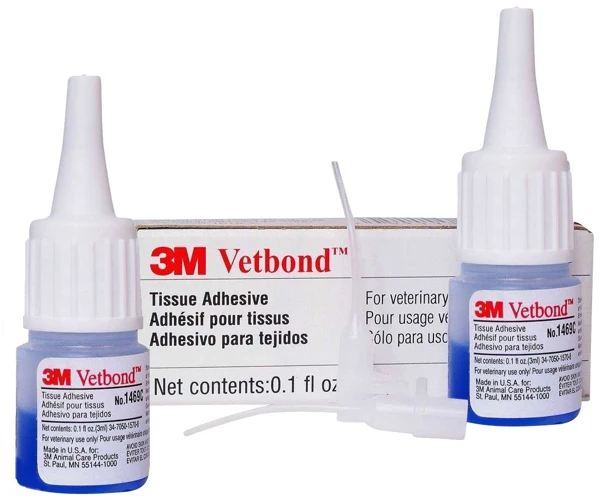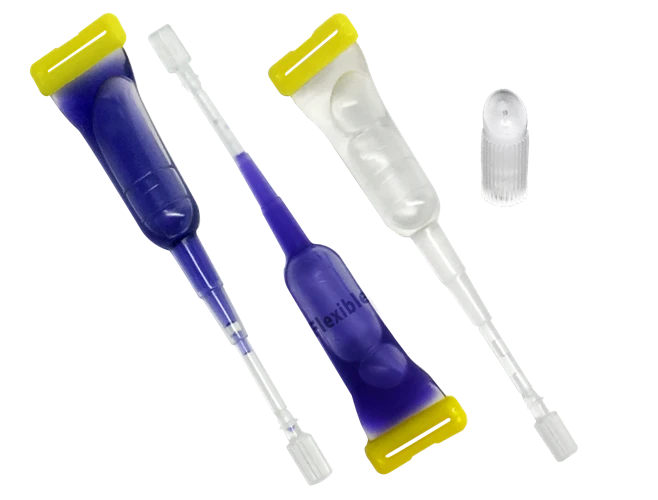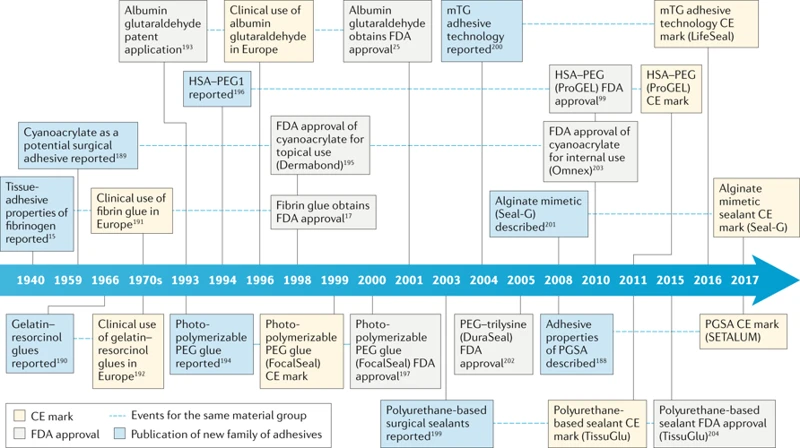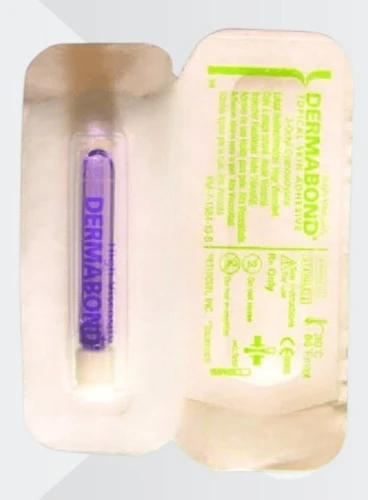In the modern medical landscape, the innovation of tissue adhesives has revolutionized the way clinicians approach wound closure. The term may sound like something from a craft project, but in reality, it represents a sophisticated medical technology. Developed to streamline the healing process, these powerful adhesives have been increasingly favored over traditional methods, offering an alternative that can be both time-efficient and beneficial for patient recovery.
What Is Tissue Glue and Its Medical Applications
Essentially, what is tissue glue? It’s a biocompatible substance used to bond tissues together. Often utilized in surgeries and injury repairs, this adhesive secures wound edges without the need for physical sutures. Its applications span across a variety of medical scenarios, from sealing incisions post-surgery to repairing minor lacerations in emergency care. The versatility and efficacy of glue tissue in clinical environments have led to its widespread adoption.
The Composition of Tissue Glue
The composition of tissue adhesive is designed to mimic the body’s natural healing properties. These glues are typically composed of synthetic or biological materials that can interact safely with human tissue. Once applied, the adhesive acts as a barrier, promoting hemostasis and facilitating the body’s innate regenerative processes.
Comparing Tissue Glue and Traditional Suturing
Traditional suturing has been the gold standard for wound closure for decades. However, the emergence of tissue glues offers a less invasive alternative. Sutures require knotting and can lead to tissue trauma, whereas glue tissue provides a seamless adhesion that minimizes tissue damage and discomfort.
Types of Tissue Adhesives Used in Clinical Settings
- Cyanoacrylate Adhesives
- Fibrin Sealants
Cyanoacrylate Adhesives
Cyanoacrylate adhesives are a class of synthetic glues that are renowned for their strong bonding capabilities. Their quick setting time and formidable hold make them ideal for emergency situations where time is of the essence.
Fibrin Sealants
Fibrin sealants, on the other hand, are biological adhesives that mimic the final stage of the coagulation cascade. These sealants are particularly useful in surgeries involving internal organs, as they can be absorbed by the body over time.
Advantages of Using Glue Tissue for Wound Closure
The adoption of tissue adhesives for wound closure comes with numerous advantages that streamline the healing process. The benefits of these innovative products go beyond mere convenience, extending into improved patient outcomes and procedural efficiency.
Minimizing Scarring and Infection Risks
One of the main advantages of using tissue glue is the reduction in scarring. As there are no sutures to remove, the potential for secondary tissue trauma is significantly lowered. Moreover, the barrier created by the adhesive can help protect the wound from bacterial infections.
Speed and Ease of Use
Speed and ease of use are also compelling reasons for the adoption of what is tissue glue. Application is straightforward and fast, which is particularly advantageous in high-pressure environments like emergency rooms where time is critical.
How to Properly Apply Tissue Adhesive for Optimal Healing
Proper application of tissue adhesive is essential to ensure optimal healing. To achieve the best results, it is important to follow a defined procedure that promotes safe and effective wound closure.
Step-by-Step Guide
- Clean and dry the wound area thoroughly.
- Apply the adhesive in a thin layer over the wound edges.
- Hold the wound edges together for a few seconds to allow the adhesive to set.
Aftercare and Monitoring
Aftercare is equally important. Patients should keep the wound area dry and avoid applying pressure or friction. Monitoring for signs of infection or adverse reactions is crucial during the healing phase.
Potential Complications and Precautions with Tissue Glue
While tissue adhesive offers many benefits, there are potential complications and precautions that must be considered. Awareness and prompt action are key in mitigating risks associated with its use.
Recognizing Allergic Reactions
Allergic reactions, though rare, can occur. It is important to recognize symptoms such as redness, swelling, or itching, which may indicate an adverse response to the adhesive.
When to Seek Medical Attention
If any signs of complications arise, such as allergic reactions or signs of infection, it is critical to seek medical attention promptly to address these issues.
Cost-Effectiveness and Accessibility of Tissue Glue
Tissue adhesives also shine in terms of cost-effectiveness and accessibility. Their ease of use reduces procedure time, which in turn can lower overall healthcare costs. Furthermore, the widespread availability of these adhesives means that more healthcare providers can offer advanced wound care options to their patients.
Frequently Asked Questions About Tissue Adhesives
Common questions often arise regarding the use and efficacy of tissue adhesives. Addressing these inquiries can help to clarify any uncertainties and provide additional insight into the use of these medical products.
Duration of Adhesion and Removal Process
The duration of adhesion varies with the type of glue used, but typically, the bond will last long enough to allow for sufficient healing. As for removal, most tissue glues are designed to slough off naturally as the tissue heals, negating the need for a removal process.
In the world of adhesives, there are many specialized types designed for specific applications. If you’re exploring the realm of medical adhesives or just curious about the different kinds, you may find our articles on related topics quite enlightening. For instance, our piece on what is fabric glue delves into adhesives used in textiles, while our article about what is body glue discusses adhesives used on the skin for medical and cosmetic purposes. Additionally, for those interested in the field of reproductive medicine, our exploration of what is embryo glue covers a fascinating substance used to enhance the implantation of embryos during IVF treatments. All of these adhesives serve unique purposes, much like how tissue glue, the subject of our latest article, plays a crucial role in medical procedures.
Limitations and Suitability for Different Types of Wounds
While tissue adhesives are versatile, they are not suitable for all types of wounds. Deep or highly contaminated wounds may require traditional sutures or alternative treatments. It is important to consult with a healthcare professional to determine the most appropriate care for each individual wound type.
In conclusion, the rise of glue tissue in medical settings has provided a valuable tool for clinicians and patients alike. With its ease of use, ability to minimize infection and scarring, and cost-effectiveness, tissue glue stands as a significant advancement in wound management. As with any medical product, understanding its proper application, potential risks, and limitations is crucial for ensuring patient safety and the best possible outcomes. As technology progresses, we may see even further enhancements in the capabilities of tissue adhesives, reinforcing their position as an indispensable component of modern medicine.




